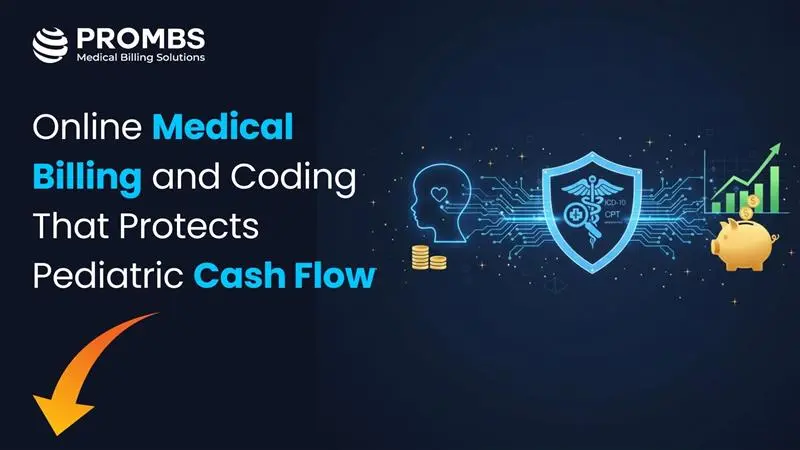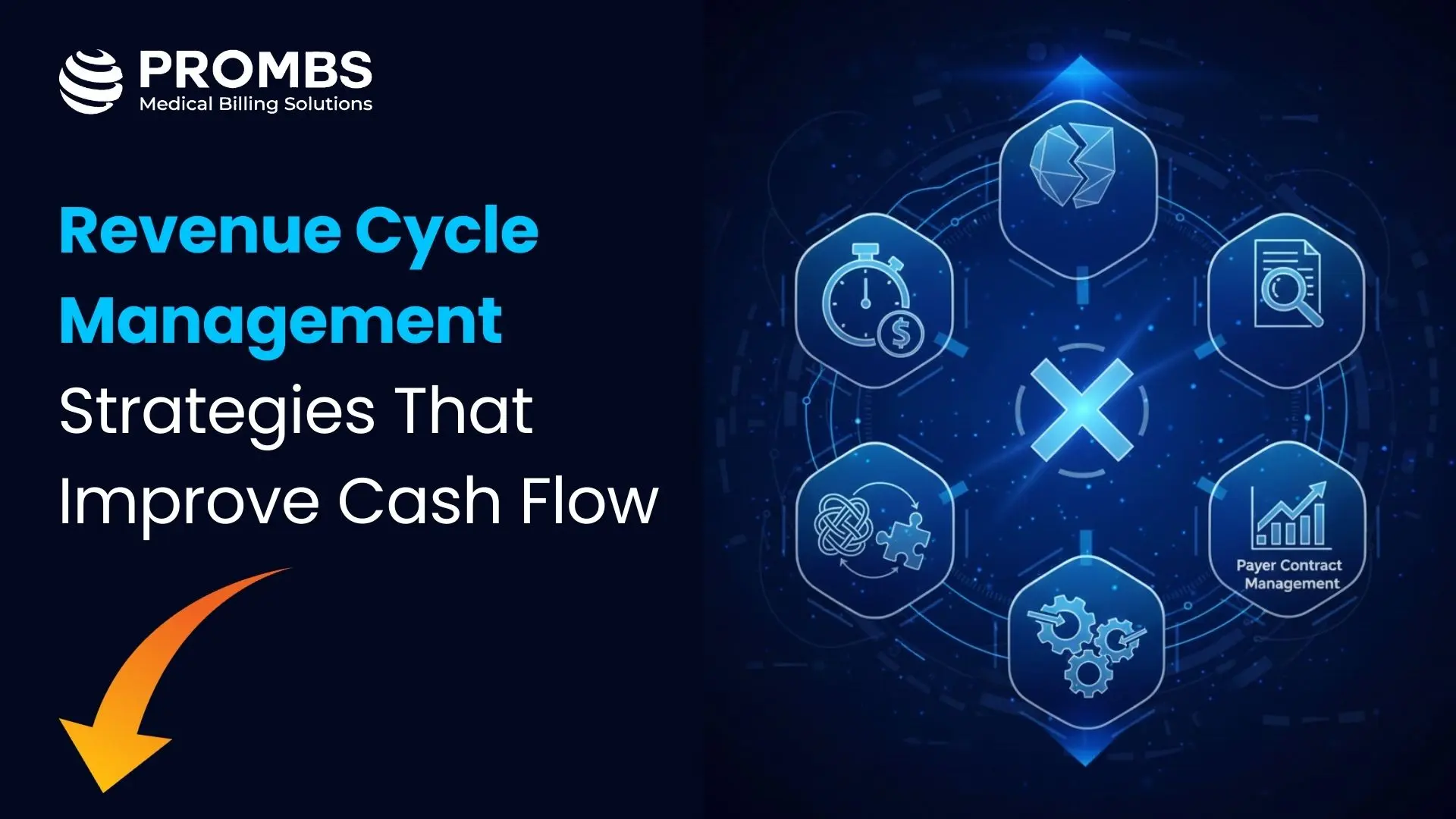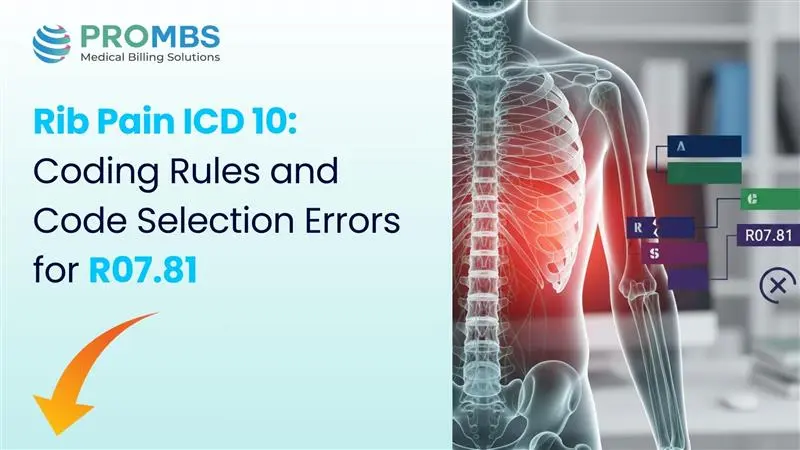Behavioral health therapy billing has long been one of the toughest parts of running a mental health practice. Therapists are trained to help people, not to navigate billing codes, claim denials, and insurance rules. Yet, getting paid on time depends on these details. One missed modifier or code error can delay payments for weeks and create unnecessary stress for staff.
Automation is changing that story. Modern billing tools now handle everything from verifying insurance to entering the right CPT codes. They catch missing information, check for compliance issues, and even predict claim outcomes. The American Medical Association’s CPT Guidelines for Psychotherapy Services highlight that coding mistakes are one of the biggest reasons claims get denied. By automating those steps, clinics can improve accuracy, reduce rejections, and spend more time helping patients instead of chasing payments.
How Automation Is Changing Behavioral Health Billing?
For years, billing teams managed claims manually by typing data, matching codes, and sending everything to payers one by one. It was slow, repetitive, and full of room for human error. Automation has transformed that process by handling these steps instantly and consistently. Today’s billing software connects directly with a clinic’s EHR system.
It reads session notes, confirms insurance coverage, and applies the right codes automatically. It can even spot issues like missing authorizations or time mismatches before the claim is sent. According to the Healthcare Financial Management Association, clinics using automation report up to a 30% drop in claim errors and much faster reimbursements.
That improvement is about more than speed. Fewer billing mistakes mean less time fixing rejections and more time focused on patient care.
Key benefits of automation include:
- Significantly fewer claim denials and billing mistakes: Automated systems check every detail before a claim goes out, catching missing codes, incorrect modifiers, or incomplete patient data. This helps prevent costly denials and reduces the time your team spends fixing rejected claims.
- Faster insurance verification and approval: Automation connects directly with payer databases to verify patient eligibility in seconds. Staff no longer need to make phone calls or wait for responses, which shortens the time between scheduling an appointment and getting approval for services.
- Real-time visibility into claim status and payment tracking: Once a claim is submitted, automation allows staff to follow its progress at every stage. You can see when a claim is received, processed, or paid, helping you identify delays early and keep your revenue cycle running smoothly.
For busy behavioral health practices, automation doesn’t just make billing easier. It makes it manageable.
Understanding Billing Codes and Units in Behavioral Health
Accurate coding is the backbone of proper reimbursement. Every therapy session must be assigned a specific code and billing unit that matches the service provided. If those details don’t align, insurance companies often deny or underpay the claim.
Automation helps solve this by checking every entry for accuracy before submission. The Centers for Medicare & Medicaid Services note that correct coding and documentation are critical for timely payments, especially in behavioral health. Automated systems cross-check each claim against payer rules and add modifiers when needed, such as marking telehealth sessions or extended visits.
| Code Type | Description | Example |
|---|---|---|
| CPT Codes | Identify the therapy service provided | 90837 – 60-minute psychotherapy session |
| Billing Units | Represent time-based services | 60 minutes = 1 unit |
| Modifiers | Add context for special billing cases | 95 – Telehealth session |
Why Behavioral Health Clinics Need Automated Billing?
Running a behavioral health clinic comes with enough challenges. Insurance billing shouldn’t be one of them. Manual billing processes are slow, repetitive, and prone to mistakes. Even small clinics can lose thousands each year from claim denials caused by missing codes or outdated rules.
Automation changes that by taking over the repetitive and error-prone parts of the billing cycle. It standardizes data entry, keeps up with payer updates, and flags errors before claims go out. A report in the Journal of Medical Practice Management found that clinics using automated billing see up to 40% fewer denials and get paid faster.
Better Accuracy
Faster Payments
Easier Compliance
Keeping up with constant changes in payer rules and regulations is one of the hardest parts of billing. Automated billing systems solve that problem by updating code sets and compliance rules automatically. This means every claim reflects the most current CPT guidelines and payer requirements without extra work from your team. Automation also keeps a digital trail of each transaction, making audits easier and more transparent. For many therapists, that is a major relief because billing becomes something that runs quietly in the background instead of a daily concern.
How to Bring Automation into Your Billing?
Switching to automation doesn’t have to be overwhelming. The best approach is to start small and expand gradually. Begin with one or two parts of the billing process, like eligibility checks or claim submissions, and add more as your team gets comfortable.
Experts from Behavioral Health Business recommend choosing a billing platform designed specifically for behavioral health. These systems understand therapy codes, time-based billing, and compliance needs unique to this field. Integration with your EHR makes it even smoother, ensuring documentation and billing stay perfectly aligned.
Here’s a simple way to start:
1. Review your current billing process and find your biggest time drains
2. Choose billing software built for behavioral health clinics
3. Connect it to your EHR so data flows automatically
4. Train your staff on reviewing and approving automated claims
5. Track progress and adjust as needed
After a few months, most clinics notice fewer rejections, faster payments, and a lot less stress in their billing workflow.
Evaluating the Results of Your Billing Automation
Key metrics to measure:
- Claim Denial Rate: Track how many of your claims are denied or rejected by payers. A lower denial rate shows that your automated billing system is working correctly, catching errors before submission, and improving overall coding accuracy. Over time, this number helps you see how effectively automation reduces costly rework.
- Payment Turnaround Time: This measures how long it takes for payments to arrive after claims are submitted. Faster payment cycles show that automation is streamlining communication between your clinic and insurance payers. A shorter turnaround means your billing system is sending clean, complete claims that are approved with minimal follow-up.
- Staff Efficiency: Monitor how much time your team spends on billing tasks compared to before automation. A drop in manual work hours means automation is reducing data entry and claim correction time. The freed-up time can be redirected toward patient support, scheduling, or other areas that improve overall clinic operations.
Over time, the benefits add up. Clinics see fewer errors, smoother cash flow, and happier staff. Automation gives you visibility into every step of the billing process so nothing gets missed.
Manual vs. Automated Billing
| Type | Description |
|---|---|
| Manual Billing | Time-consuming, error-prone, and difficult to scale |
| Automated Billing | Fast, reliable, and accurate with real-time validation and updates |
The Future of Behavioral Health Therapy Billing
The future of behavioral health therapy billing is intelligent, fast, and data-driven. Automation will soon do more than just file claims. It will predict denials, recommend corrections, and analyze trends to help clinics optimize their revenue.
As regulations change and mental health services expand, automated billing will become the new standard. Clinics that adopt early will see fewer delays, stronger revenue cycles, and better overall efficiency. Automation isn’t just about technology. It’s about freeing therapists and staff to do the work that matters most: caring for people.
Partnering with Pro-MBS
Working with Pro-MBS gives your behavioral health practice a billing partner that understands the details of therapy reimbursement. Our team specializes in automating complex billing workflows, managing compliance, and minimizing denials so your clinic gets paid faster and more consistently. We bring years of experience in both revenue cycle management and behavioral health billing, making the transition to automation seamless and reliable.
Pro-MBS Services Include:
- Automated Behavioral Health Billing Solutions: Streamline claim submission, coding accuracy, and payment posting for faster reimbursements.
- End-to-End Revenue Cycle Management: From insurance verification to denial resolution, we handle the entire billing process with full transparency.
Pro-MBS provides the tools, support, and insight you need to simplify operations and focus on patient care instead of paperwork. Our approach combines automation technology with real expertise, giving your practice a billing system that works efficiently and accurately every day.



